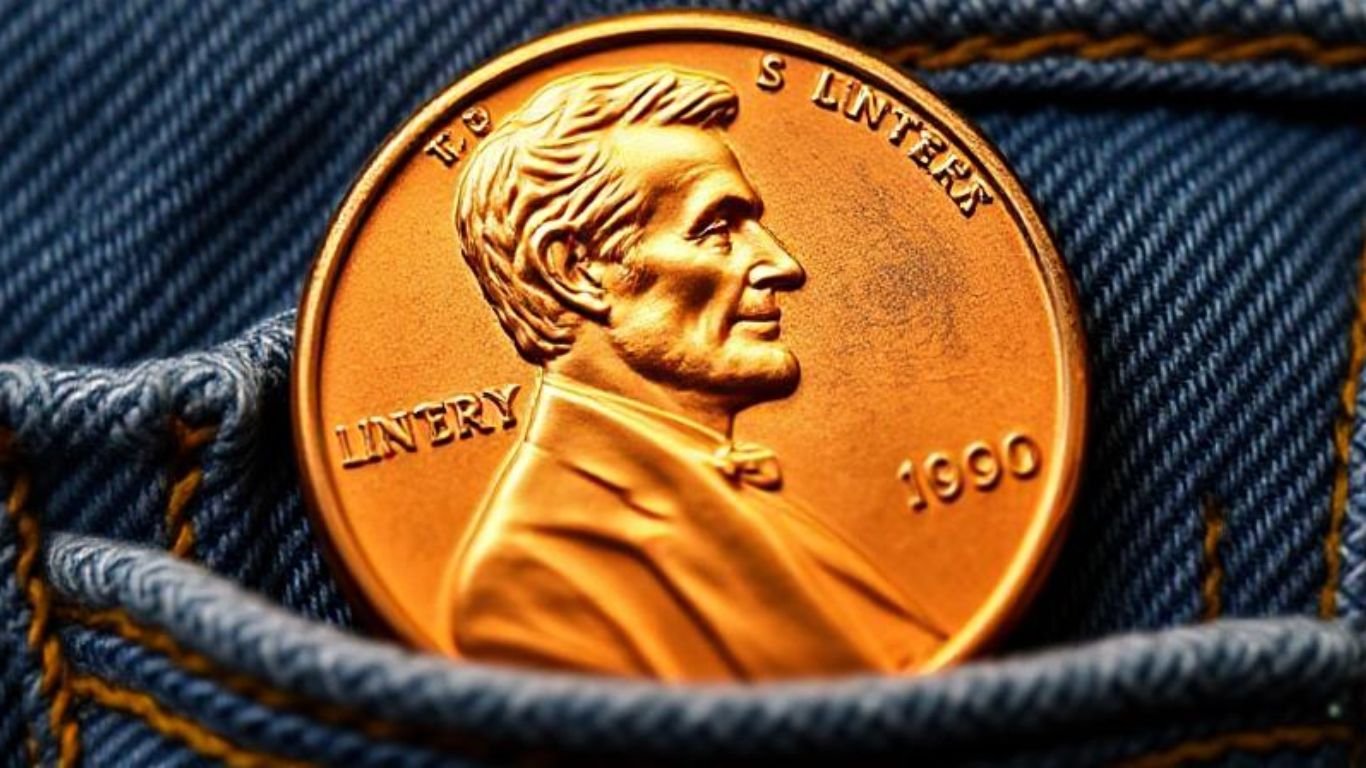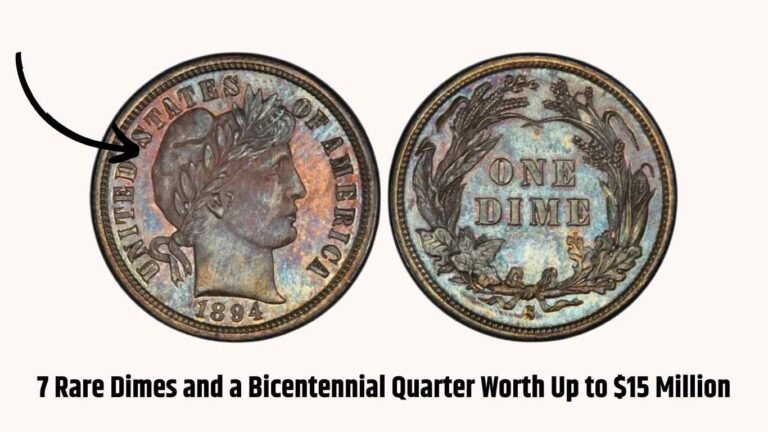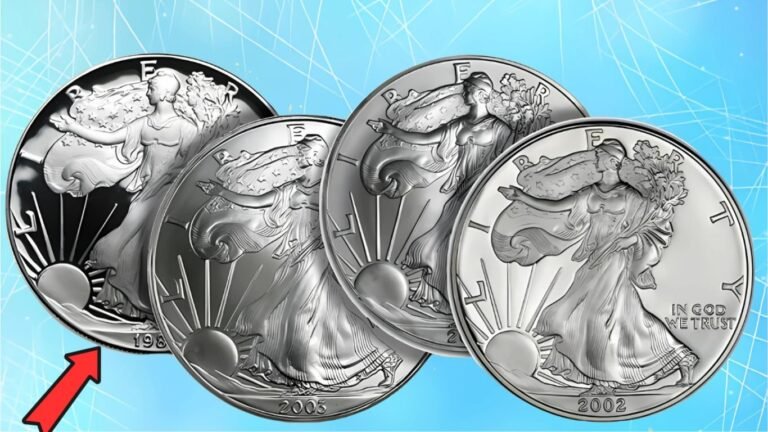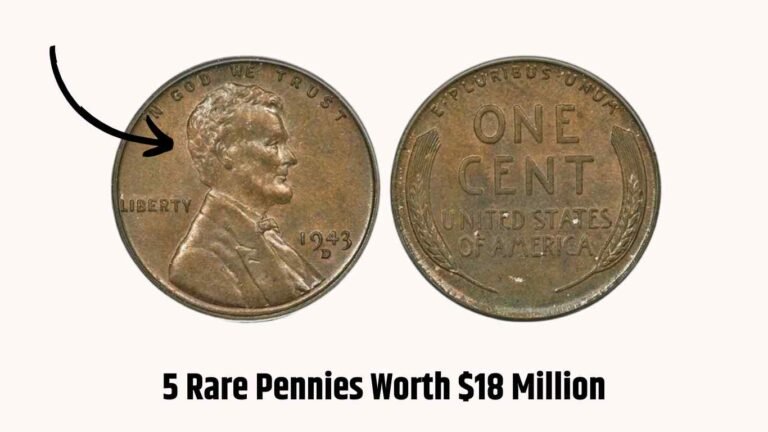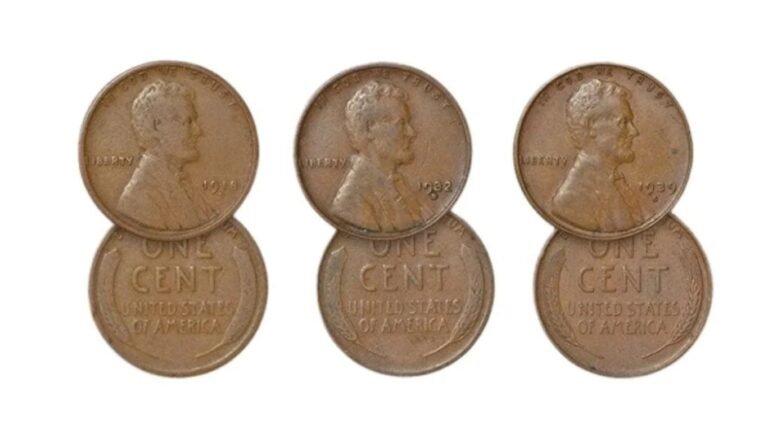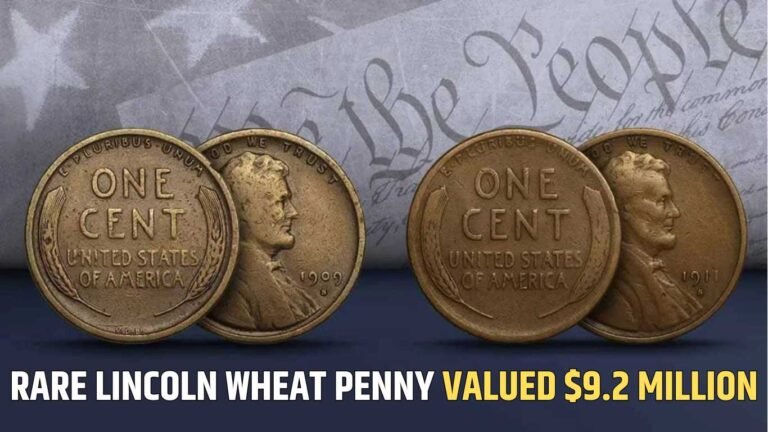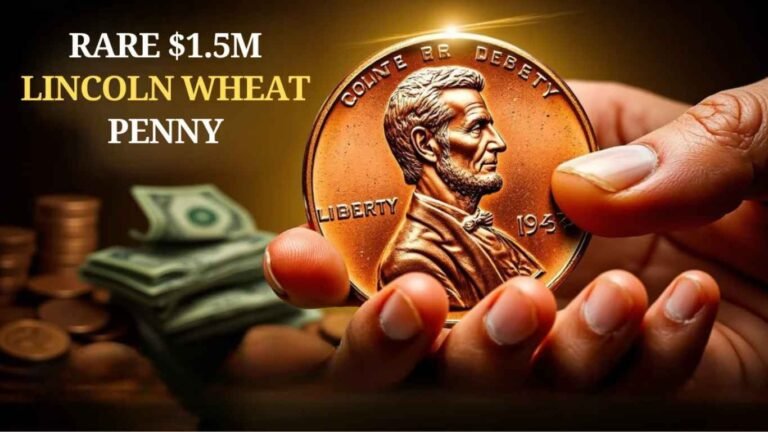Discover the Value of Rare Lincoln Wheat Pennies
The Lincoln Wheat Penny, minted between 1909 and 1958, is a staple in American numismatics. While many of these pennies are common and hold minimal value, certain rare varieties can be exceptionally valuable to collectors. Understanding these rare coins and how to identify them can turn a simple penny jar into a treasure trove.
The Rarity and Value of the 1943 Copper Penny
One of the most sought-after coins among collectors is the 1943 Copper Lincoln Wheat Penny. Due to a minting error during World War II, some pennies were struck on copper planchets instead of the intended zinc-coated steel. This mistake resulted in a coin that is both rare and historically significant.
Identifying a 1943 Copper Penny:
- Date Verification: Ensure the coin is dated 1943.
- Magnet Test: Copper is non-magnetic. If the penny is not attracted to a magnet, it may be copper; if it is attracted, it’s likely steel.
- Weight Measurement: A copper penny weighs approximately 3.11 grams, whereas a steel penny weighs about 2.7 grams.
- Professional Authentication: Given the prevalence of counterfeits, it’s advisable to have the coin authenticated by reputable grading services like PCGS or NGC.
The value of a 1943 Copper Penny can range significantly based on its condition and provenance. For instance, a 1943-D copper penny graded MS64 sold for $840,000 in a 2021 auction. Bullion Exchanges
Other Valuable Lincoln Wheat Pennies
Beyond the 1943 Copper Penny, several other Lincoln Wheat Pennies are prized by collectors:
1909-S VDB Penny
Minted in San Francisco, only 484,000 of these pennies were produced. They feature the designer’s initials, “VDB,” on the reverse, which were later removed due to public controversy. This variety’s scarcity and historical context make it highly valuable. Well-preserved examples can fetch prices up to $168,000.
1955 Double Die Penny
A notable minting error, the 1955 Double Die Penny exhibits a noticeable doubling of the date and lettering on the obverse. This error occurred due to misalignment during the minting process. Depending on their condition, these pennies can be worth between $1,000 and $100,000.
1944 Steel Penny
In 1944, due to a shortage of copper, pennies were struck on steel planchets leftover from World War II. However, some 1944 pennies were mistakenly struck on steel planchets, resulting in rare steel versions. A 1944-S steel cent sold for $373,750, highlighting its desirability among collectors.
1922 No D Mint Mark Penny
A production error led to some 1922 pennies being struck without the “D” mint mark, indicating their production in Denver. These coins are rare, and high-grade examples can be valued up to $90,000.
Factors Influencing a Coin’s Value
Several factors determine a coin’s value:
- Condition: Coins in better condition (higher grades) are more valuable.
- Rarity: Limited mintage numbers or unique errors increase a coin’s worth.
- Demand: High collector interest can drive up prices.
- Provenance: A coin’s history, including previous ownership, can affect its value.
While many Lincoln Wheat Pennies are common, understanding the distinguishing features of rare varieties can significantly enhance their value. If you suspect you have a valuable penny, consider consulting with a professional numismatist or submitting it to a reputable grading service for authentication. Regularly reviewing your coin collection can lead to the discovery of hidden treasures.
For a more in-depth understanding, you might find this video helpful:
